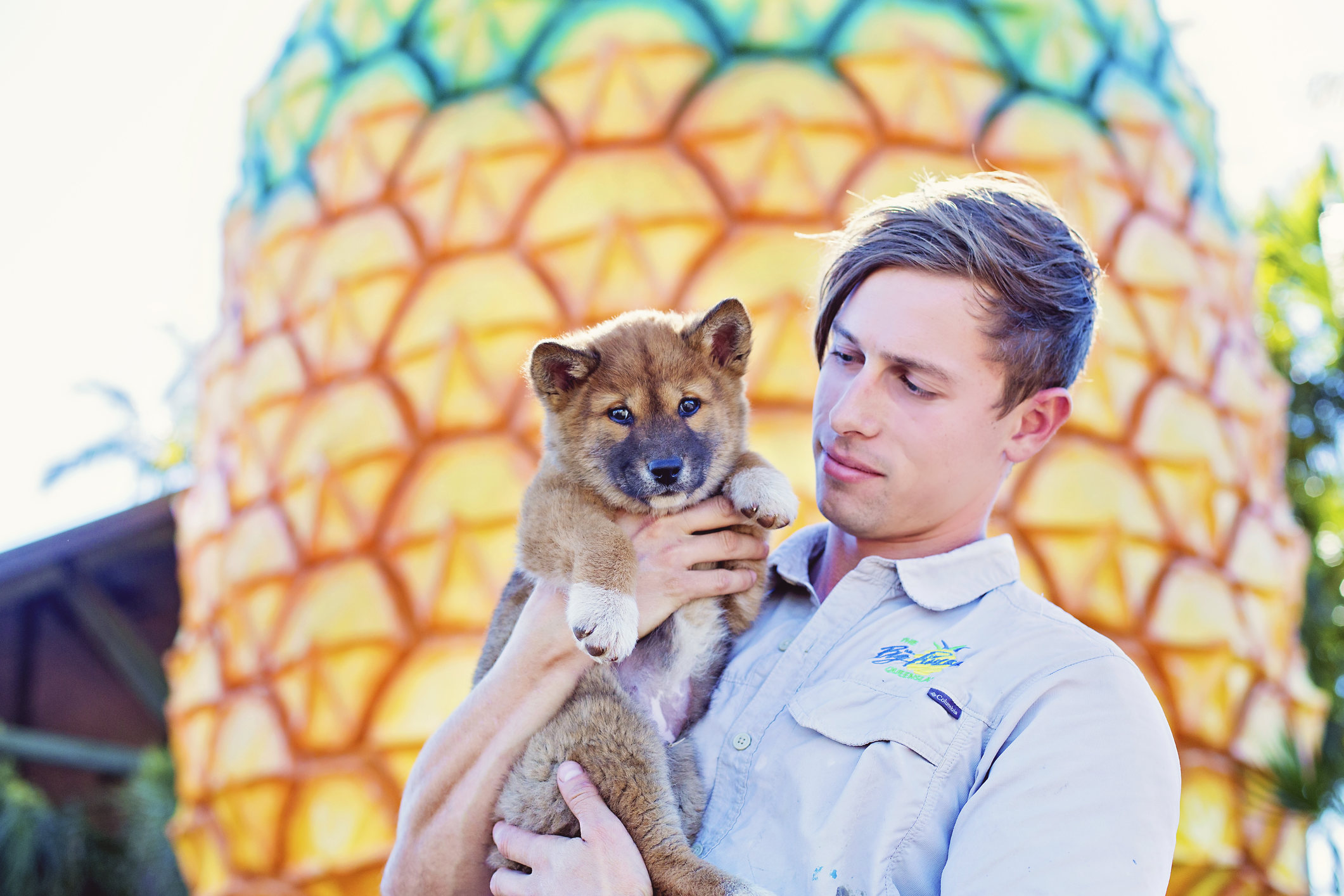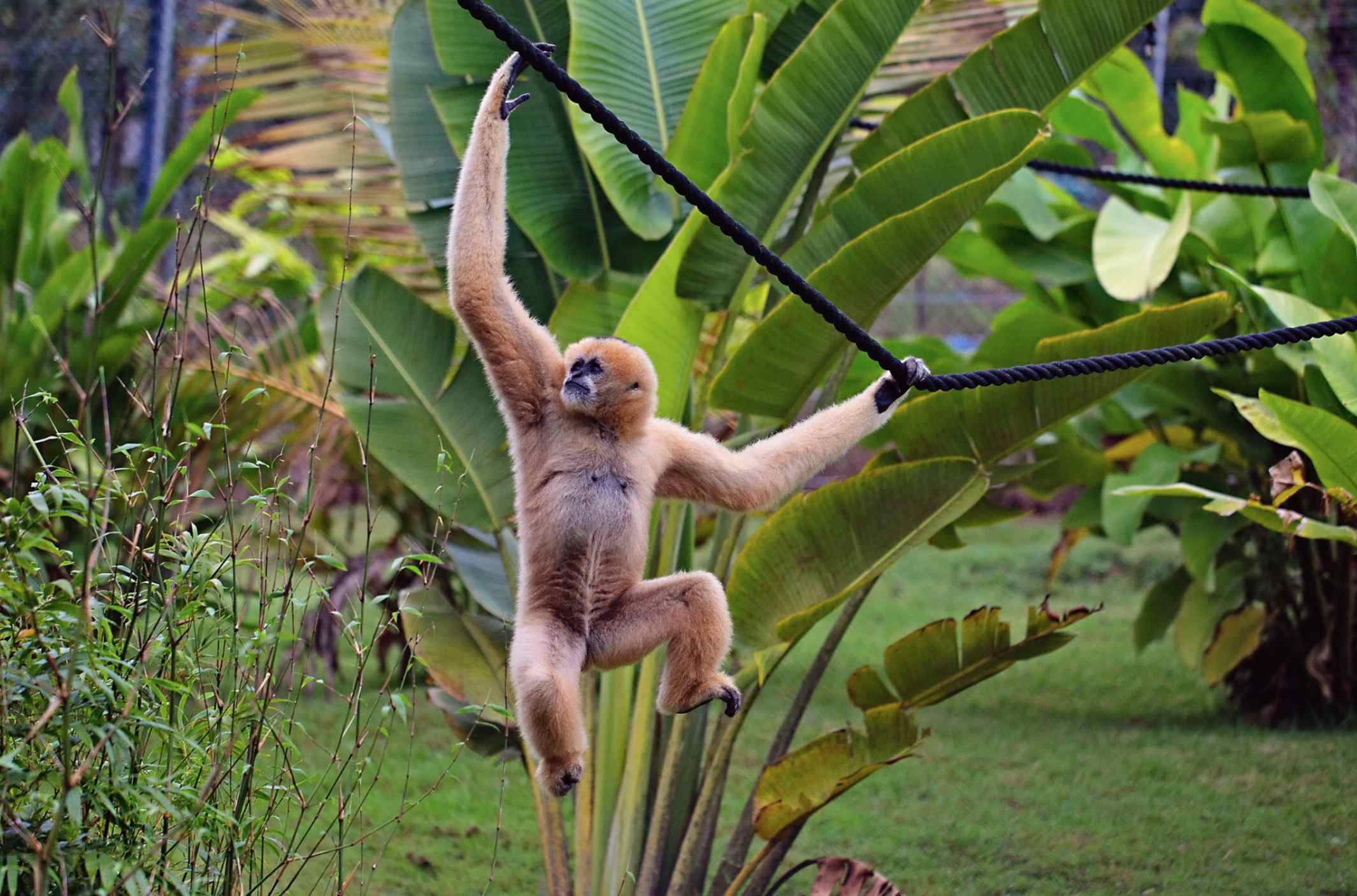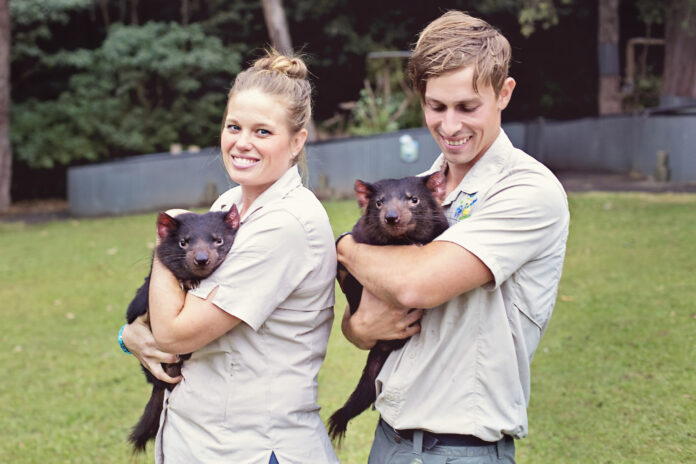A Sunshine Coast zoo that was created as a safe haven for displaced animals is being celebrated for its longevity.
Wildlife HQ turns 10 this year, prompting those closest to it to reflect on its survival and subsequent growth to become a sanctuary for a variety of species, and a popular tourist attraction.
“Today, our zoo stands as a testament to resilience and passion,” zookeeper Sue Tonga said.
“(It) has blossomed into a vibrant hub for conservation and education.
“As we reflect on our journey, we are reminded of the incredible efforts that brought us here and we are inspired by the promise of what lies ahead.”
The facility was formed essentially out of necessity in March 2014.

“The turning point came when Alma Park Zoo (in Brisbane) closed its doors,” she said.
“In the ensuing three months, our team embarked on a huge task: relocating a diverse array of animals – native and exotic.
“Koalas, kangaroos and wombats were the first and easiest to move, followed by the sun bear, baboons and other exotic species.”
It was tough going, initially.
“Managing animals across two sites during this transition was no small feat,” she said.
Do you have an opinion to share? Submit a Letter to the Editor at Sunshine Coast News via news@sunshinecoastnews.com.au. You must include your name and suburb.
“It demanded around-the-clock attention and careful coordination.
“Yet, through unwavering dedication, our small team ensured the safety and well-being of every animal in our care.
“By mid-June, the last of Alma Park’s residents had settled into their new surroundings, just as developers prepared to move in on the Alma site.”
During the next decade, the Woombye-based zoo became a home for more than 200 species.
“Wildlife HQ Zoo has undergone significant changes and additions,” Ms Tonga said.
“We’ve expanded our family by introducing a diverse array of new species.

“These additions have not only enriched our zoo but have also allowed us to contribute to conservation efforts and educate visitors about the importance of biodiversity and wildlife conservation.”
Ms Tonga said Wildlife HQ had features that set it apart from other zoos.
“One of our key strengths lies in the diversity of our animal collection,” she said.
“We showcase many unique and lesser-known species that visitors may not have encountered before, such as white-cheeked gibbons, siamang gibbons, spider monkeys, squirrel monkeys, bilbies, tree kangaroos, maned wolves, capybara, african painted dogs, and african servals.
“Additionally, we offer unique opportunities for visitors to get up close and personal with our animals, providing enriching and educational experiences that foster a deeper understanding of wildlife conservation.
“Our focus on intimate encounters and conservation education make Wildlife HQ a memorable destination for families and wildlife enthusiasts alike.”
She revealed aspirations for the zoo, including enhanced conservation efforts and the opening of new exhibits.
“Looking ahead, our goal for Wildlife HQ is to keep growing as a place that champions conservation and education,” she said.

“We want to do more to help wildlife, both locally and globally, by joining more breeding programs and supporting research.
“We also want to make visits even more fun and informative by adding new exhibits and educational activities.
“Ultimately, we want Wildlife HQ to inspire everyone who visits to care about nature and protect our planet’s wildlife for years to come.”
Scroll down to SUBSCRIBE for our FREE news feed, direct to your inbox daily.





